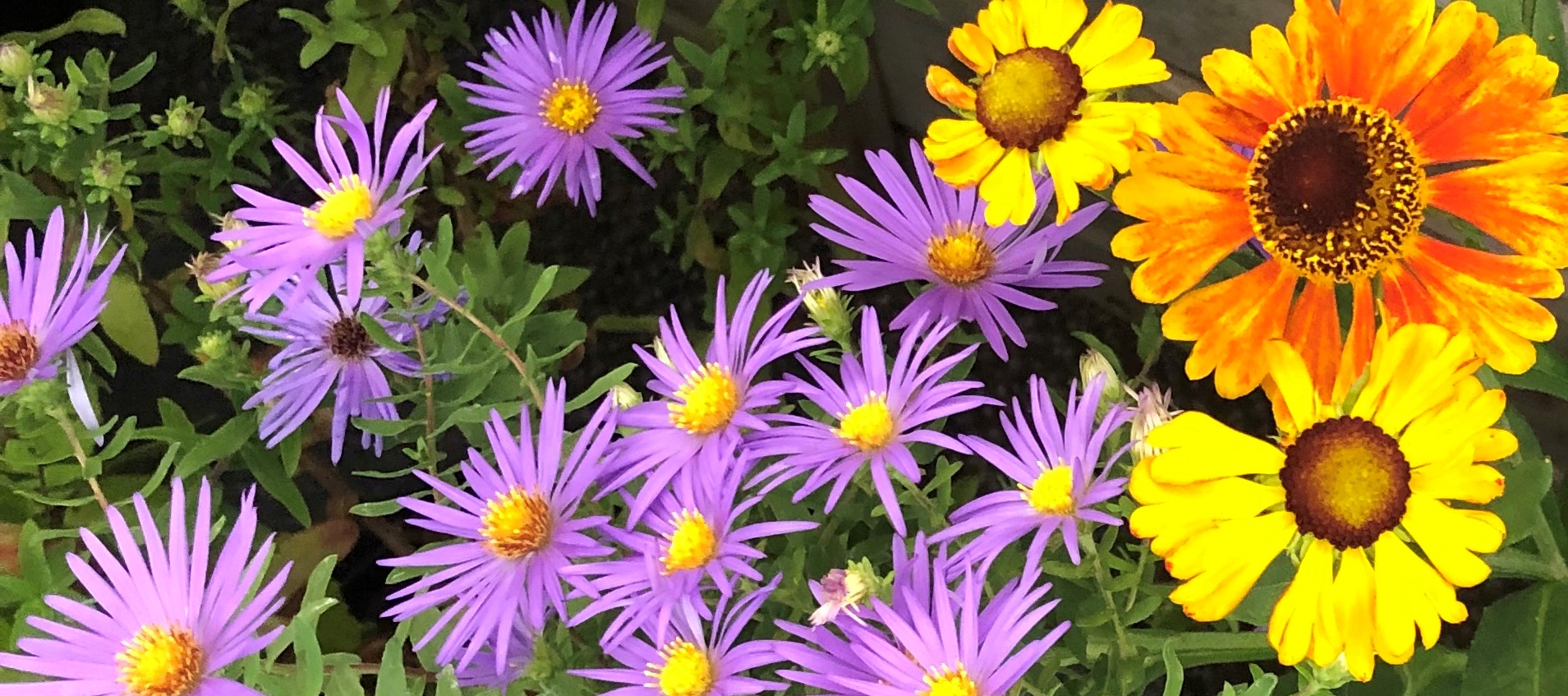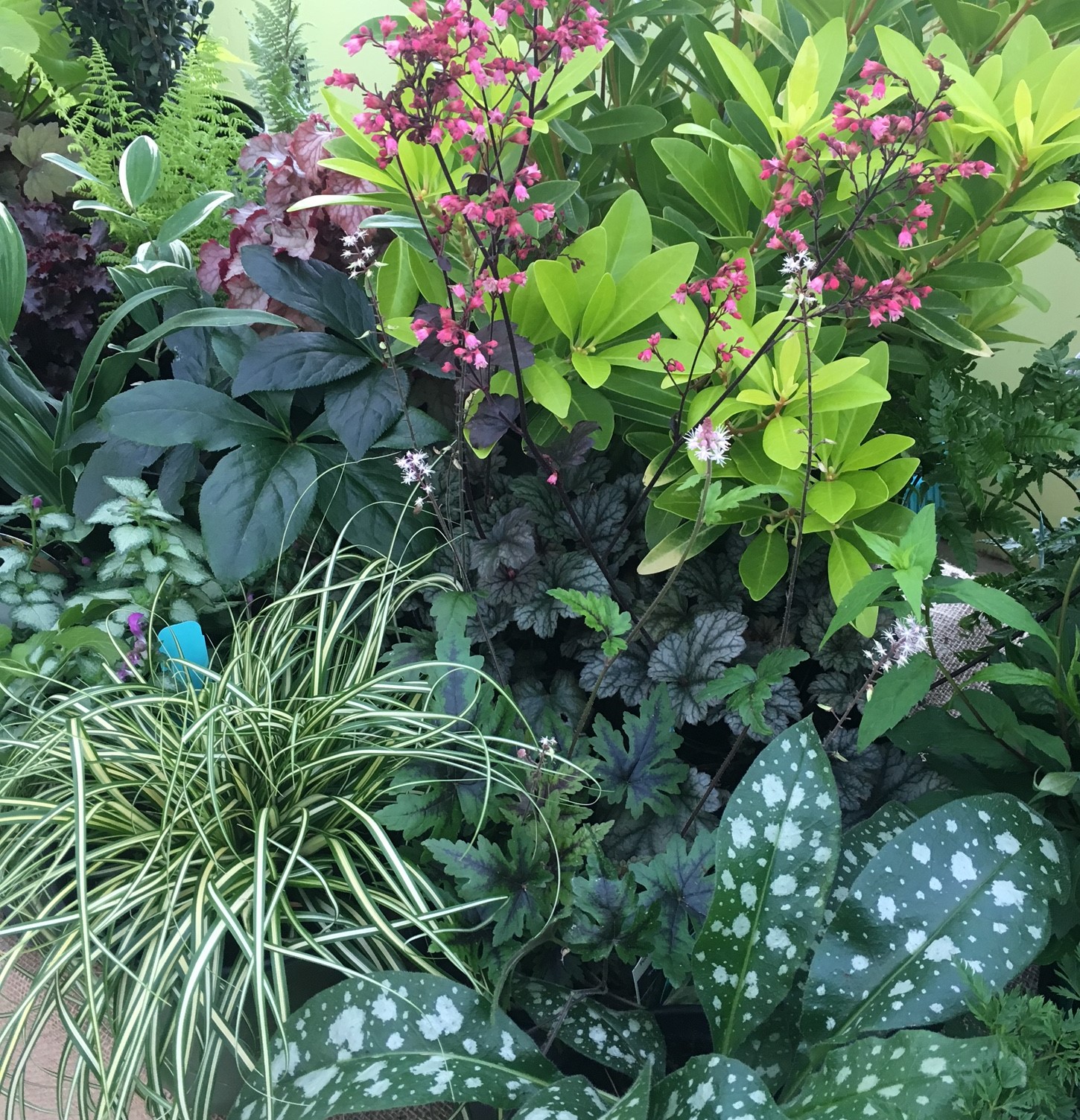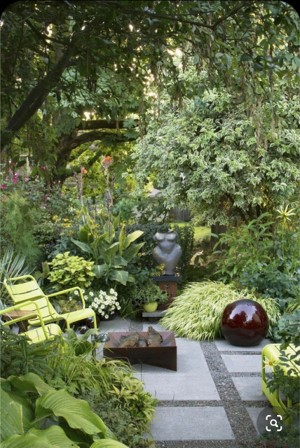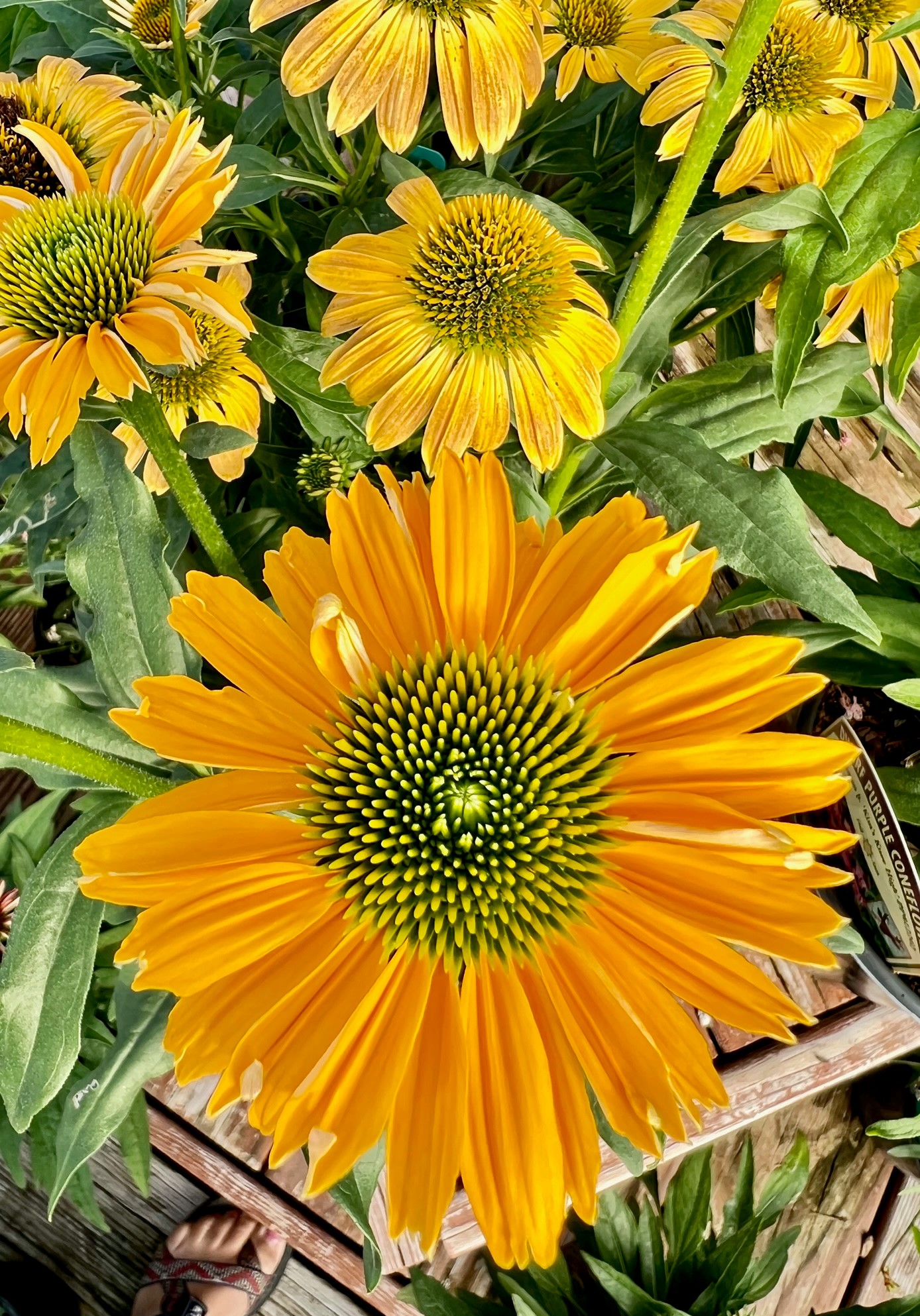



Perennial Garden Design
By Ruth Gonzalez
There’s nothing like a perennial garden! Perennials come back every year getting a little fuller with each season, and they usually have a particular bloom time during the season. Some well-loved perennials are found in many gardens – like purple coneflower, black-eyed Susan, coreopsis, and phlox – and we look forward to seeing their blooms every summer.
Since perennials come back every year, you don’t need to replant them each season…but there’s more to it than that. Perennials bring a certain sought-after look to the garden. They can take a few years to come into their own, but when they do…just WOW!
Tips for Perennial Gardening:
Consider the light: Choose plants according to the light conditions for the spot you are focusing on. There are beautiful selections for both shade and sun, so choose plants that will be happy in your spot.
Think about the soil: We generally recommend amending your soil with 50% soil amendment at planting time. Most plants enjoy good drainage and that is what you are accomplishing by mixing 50% native soil together with 50% soil amendment (like compost, soil conditioner, or a mix). Many shade plants really want humusy soil like the type of soil you would find in the woods. Amend your soil at planting time. Otherwise you’d have to dig the plant back up to do it later.
Mix it up & remember the pollinators: Choose plants that have different leaf textures, different flower colors, and different heights. Plan for early, mid, and late season blooms. Staggered bloom times are especially important in pollinator gardens, but also for your personal enjoyment throughout the growing season.
Plant in odd numbers: Group 3, 5 or 7 of the same plant together so it will grow into one large, showy clump. Not only do pollinators prefer this, but it looks fantastic in your garden to see big patches of the same thing blooming.
Spacing: Read the plant tag for spacing information. Consult a trustworthy internet site as a second opinion. Remember that different growing conditions may result in size differences. If you space your plants correctly there may be some bare spots initially. Have faith that they will grow in beautifully. You can always dig the plant up and change the spacing if it turns out differently than you imagined.
Add evergreen shrubs: Evergreen shrubs will add structure, winter interest, and solidity to the perennial garden. Choose your shrubs with an eye toward mature size – being sure they won’t eventually overwhelm the perennial garden. Think about color combinations that will enhance the garden. For instance, the yellow-orange tinge of Fire Chief Arborvitae contrasts nicely with the deep purple of Caradonna Salvia, and a row of Emerald Green Arborvitae becomes a lush green backdrop for a mixed perennial bed.
Placement: Site your flowerbeds for enjoyment from your porches, decks, and patios, and from inside your house.
Water: Remember to water newly planted perennials deeply a couple of times a week for the first year and during dry periods thereafter. Adequate water also keeps the plant stress-free. Stressed plants will be more susceptible to insects and diseases.
What is deadheading? Deadheading means removing the spent flower blossoms. Why do that? Because when a flowering plant is pollinated, it stops flowering and is on its way to making seed. When you deadhead, you are telling the plant that it needs to continue making flowers (because you have removed the potential seedhead). Both annuals and perennials benefit from deadheading, and so do roses, and some hydrangeas and other shrubs. At some point allow the plant to make seed – since many birds feed on seeds.
Reems Creek Nursery offers an extensive selection of both sun and shade perennials, and our staff loves to help you find the perfect plant for your special spots. Have fun planning and planting…and then enjoying the liveliness and beauty you have created in your garden.
